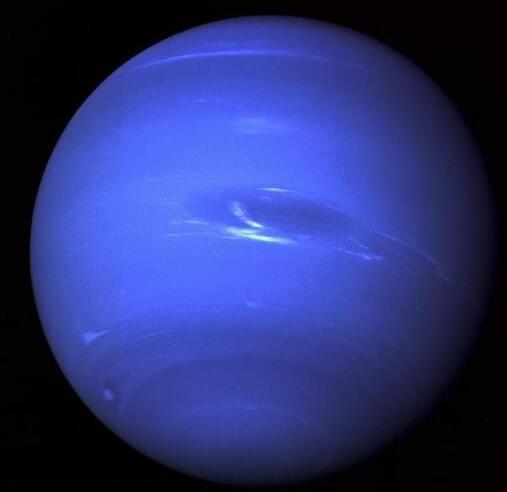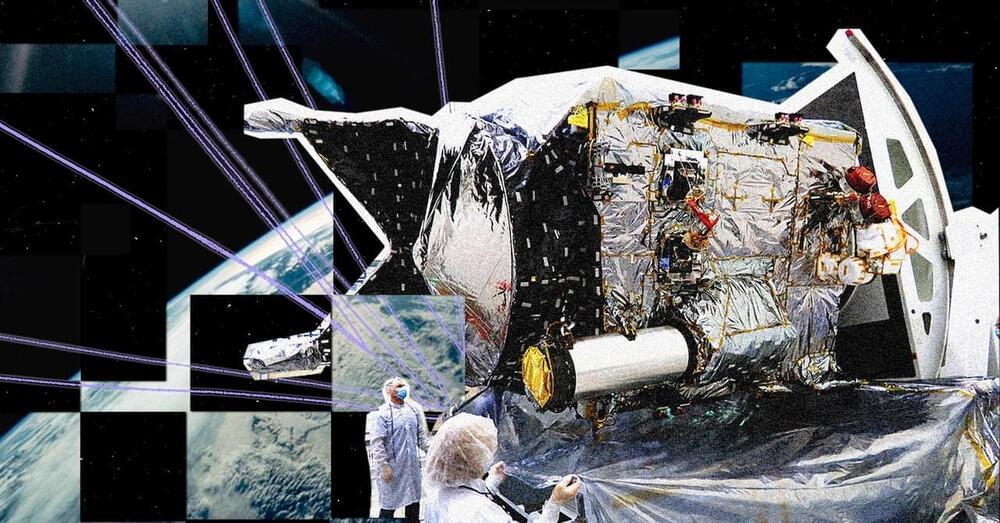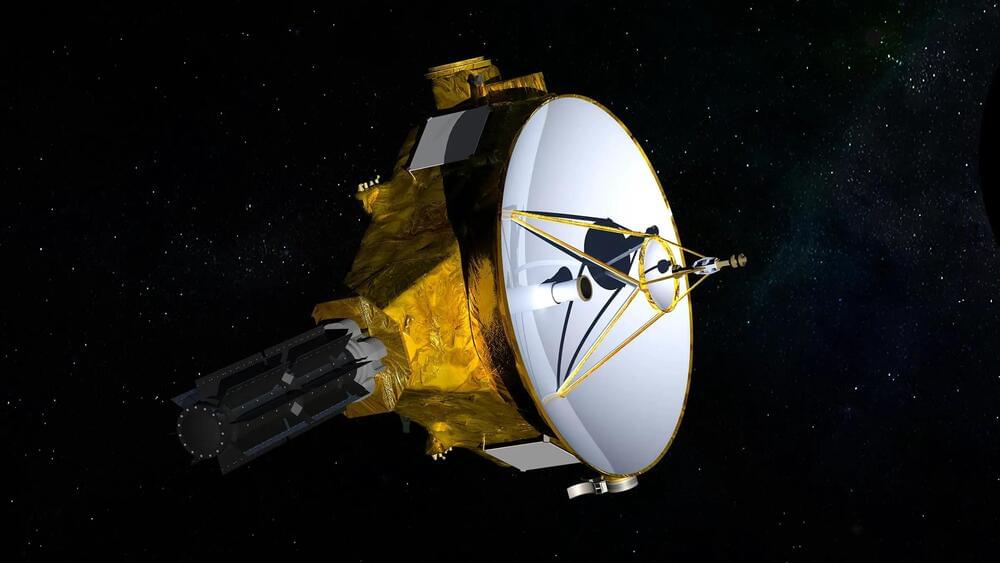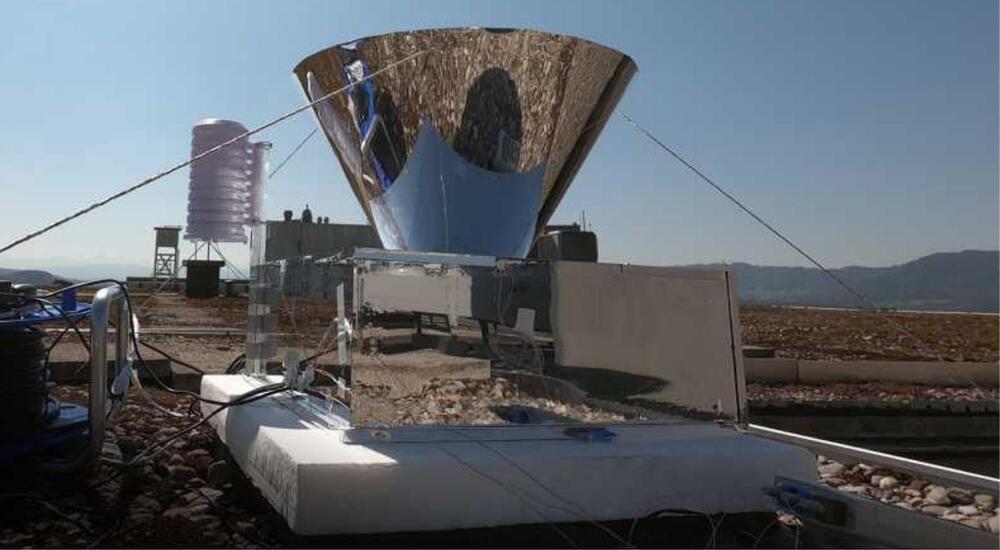This week saw the release of a treasure trove of data from the European Space Agency’s (ESA) Gaia mission, a space-based observatory that is mapping out the Milky Way in three dimensions. The newly released data includes half a million new stars and details about more than 150,000 asteroids within our solar system.
The overall aim of the Gaia mission is to create a full 3D map of our galaxy that includes not only stars, but also other objects like planets, comets, asteroids, and more. The mission was launched in 2013 and the data it collected is released in batches every few years, with previous releases including data on topics like the positions of over 1.8 billion stars.
The new data release fills in some gaps from previous releases, particularly in areas of the sky that are densely packed with stars — such as the Omega Centauri globular cluster, shown above. The new view of this cluster shows 10 times as many stars as the previous data, with a total of 526,587 new stars identified.








